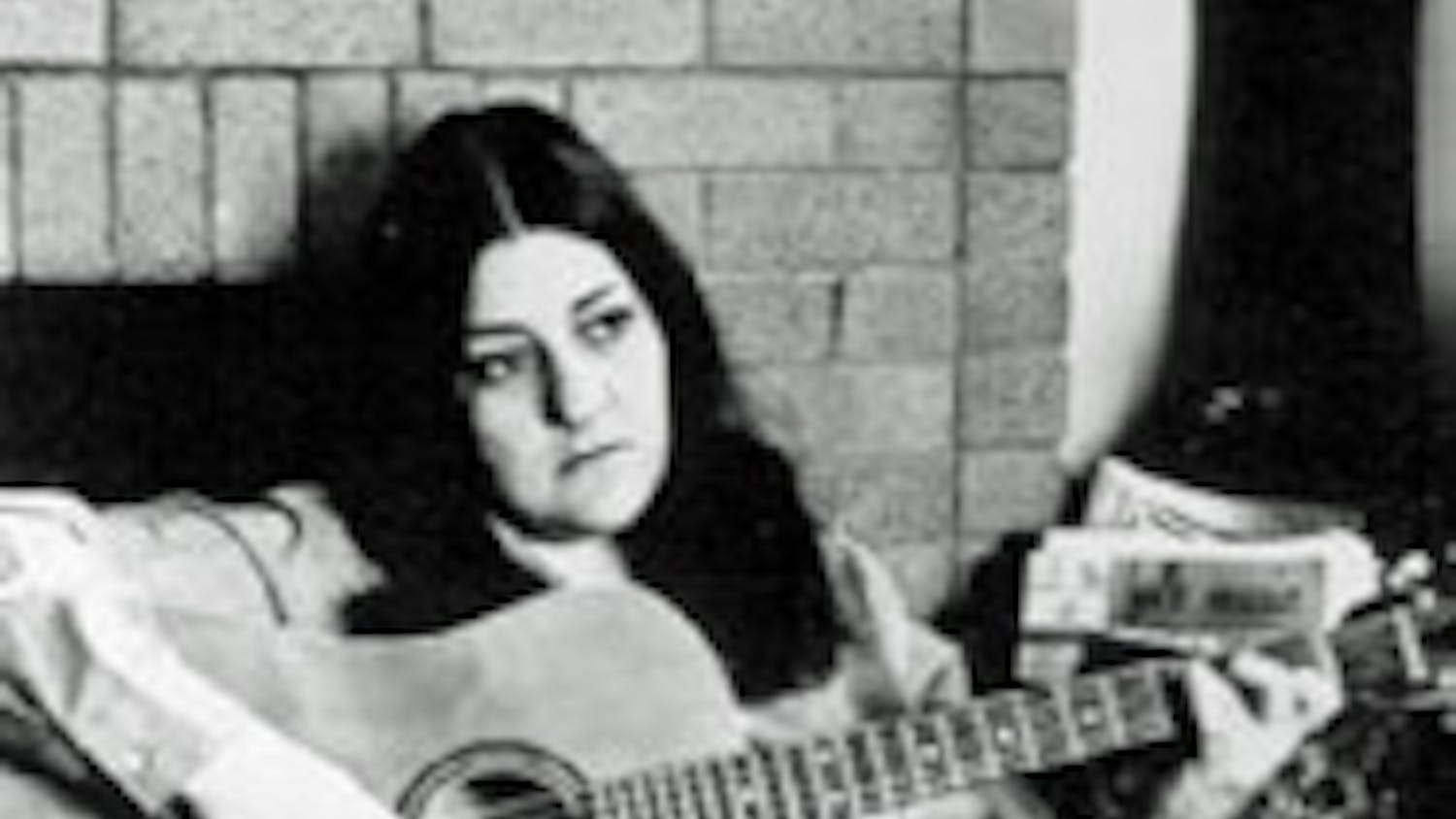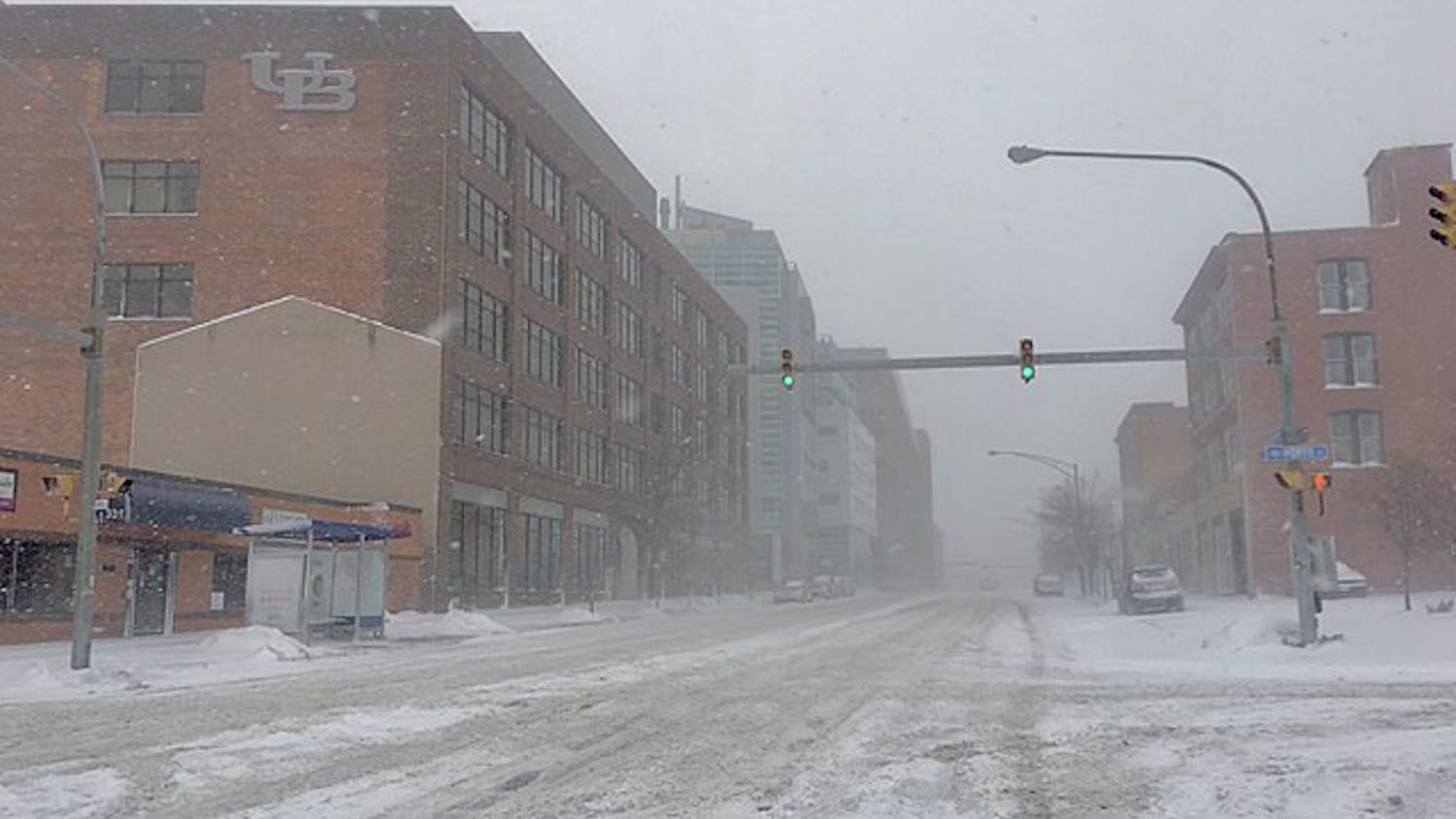Brian, a graduate student at UB, sees his mood drastically change when the days get shorter; he isn't the same person during the winter in Buffalo. He has been suffering from the winter blues for five years. But contrary to what students might think, this disorder is no joke: there is a lot more to it than the occasional gloomy mood.
About 5 percent of adults in the U.S. are diagnosed every year with Seasonal Affective Disorder (SAD), also known as "winter blues." Brian falls into that small category, and he's suffered from the effects.
As a long-time sufferer of SAD, he begins to see the switch in his personality in January every year. Even though the days begin to get shorter during the fall, his disorder doesn't kick in until later in the winter. Also, the transition from winter break to the beginning of the semester brings an increase in stress.
"Once all that excitement [of the holidays] calms down, things get more heavy," Brian said. "I'm much more jumpy – quick to anger. I do feel anxious, like I'm more suspicious that people are judging me."
The symptoms of SAD usually show up when the days get shorter. SAD is not about the weather change or the cold at all, but the increase of darkness that shorter days bring. It can also be caused by an alteration in serotonin levels in the body, according to Dr. Amberly Panepinto.
He has never chosen to seek help for his issues. Instead Brian bottles his emotions up – he chooses to deal with the extreme frustration on his own – which he admits is not the best solution to the problem.
"I went to a counselor once my freshman year," Brian said. "But I think the biggest problem was [that] I wasn't ready to be honest with myself. I went because I knew that something was wrong, but then sitting in the session with the counselor who was very client-oriented didn't work for me, because I didn't want to share anything."
Brian doesn't let his illness control his life. He has been at UB for five years, and finished his undergrad with a social science and English degree. In addition to going to school full time, he also has a job and an internship.
"I think that I'm a very social person," Brian said. "I'm loud and outgoing. I would rather be doing things. I would much rather go on a bike ride, or go camping for a weekend, then just sit and hang out."
His friends have noticed the switch in his personality during the winter months as well. Katie, a senior communication major, has known Brian for eight years.
"There are small triggers and then really huge reactions – things that are totally out of character for him," Katie said. "And then he goes from being really angry about something, to being super apologetic and sad."
He believes that though his emotion may come across as anger, it's really just sadness.
"It's a feeling I can't shake," Brian said. "It's most days, [only] some of the day. I'm not in a constant depression. That's one reason why I never really went for help."
SAD is not just a Buffalo thing, either. Studies have shown that people are more susceptible to SAD when they're farther north from the equator. Women are four times more likely to experience symptoms than men are, and a family history of SAD or previous diagnosis of Major Depressive Disorder or Bipolar Disorder can also increase the risk.
There are many signs: unhappiness, irritability, increased appetite or craving carbohydrates, increased sleepiness (especially during the day), decreased energy, decreased concentration, loss of interest in enjoyable activities, and social withdrawal during the winter months. These are key symptoms of SAD, and none should be taken lightly.
Panepinto has her Ph.D. in clinical psychology and has been a counselor at UB for threeand a half years. She suggests a few "in home" remedies for students who believe they are showing symptoms, but are not impeding their daily functions: taking walks during daylight hours, especially in the morning, along with exercise, using an alarm clock that has a light associated with it, taking a trip to a warm place, and changing the environment to let in more light.
The Counseling Center at UB also has a treatment involving therapy lamps (not to be confused with tanning-bed lamps).
"These are sun lamps that are extremely bright, and students would usually sit under them for about 30 minutes a day, usually in the morning," Panepinto said. "The whole idea is that it simulates sunlight. The light therapy can be really affective."
But for Brian, symptoms don't go away when the sun starts shining. It usually takes until the end of April or beginning of May for him to start feeling better.
While he has never expressed his concerns about himself to Katie, he does talk about his feelings, and recommends that students who are suffering do the same.
"The important thing is to talk about it," Brian said. "Talk about how you're feeling any time of the year. Talk about it with your friends, talk about it with your mom and dad, talk about it with your professors even. As far as advice, it's really just making sure you're not shutting yourself out to the world."
Email: features@ubspectrum.com





